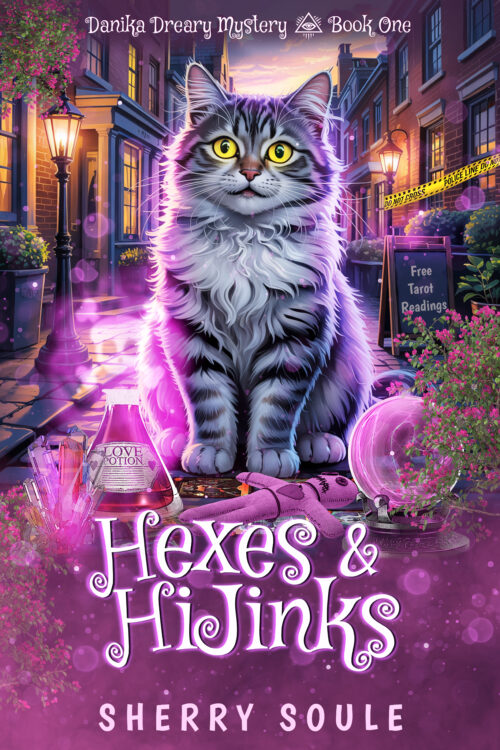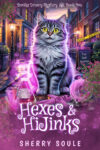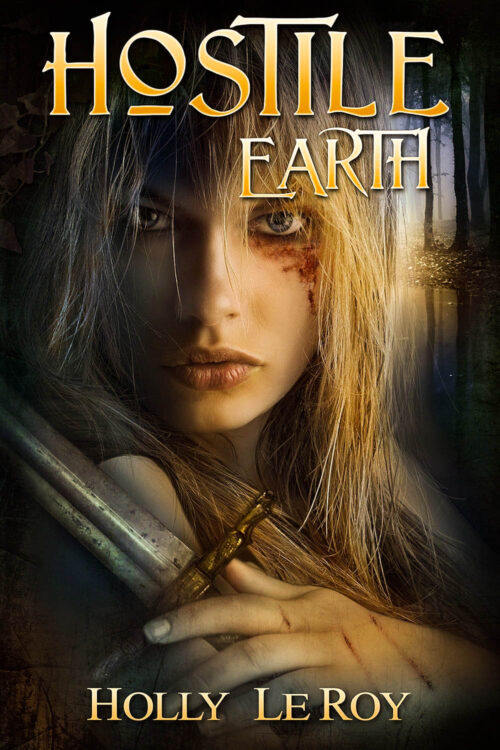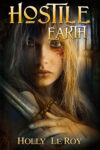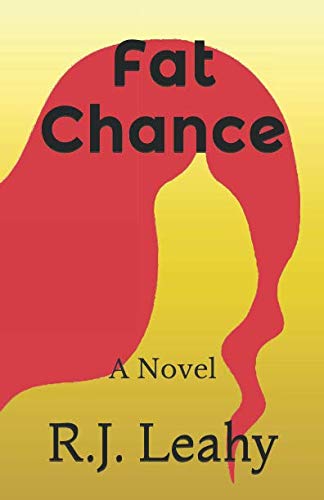

The author says:
A sarcastic New York private eye gets stuck in a small New Mexico town full of wacky characters where he has to solve a missing persons case. Humor/cozy mystery
Nathan says:
This may sound like I’m taking out my frustrations on you. I’m not, exactly, but your cover is an opportune occasion to remind everyone of some basic facts.
Your cover isn’t meant to be art to tickle the fancy of intelligentsia in a gallery showing.
It’s advertising.
It’s a billboard.
It’s supposed to instantly convey to the target audience, “Hey! This is a book you’d be interested in!” Which means you need to know how that target audience is normally signaled to.
Look at your cover. Is there ANYTHING that says it’s full of wacky characters? That it’s a humorous cozy with a sarcastic private eye? Heck, that it’s even a mystery? Without “A Novel” on there, we wouldn’t even know where it falls on the fiction/nonfiction divide.
You are doing nothing to attract your target audience. Your cover is a net negative.
This isn’t even an occasion where you need to start over with a different concept. You just need to start over with A concept. You need to brainstorm with someone: How do I let the readers of wacky cozy mysteries that this book is for them? How do I get them interested?
